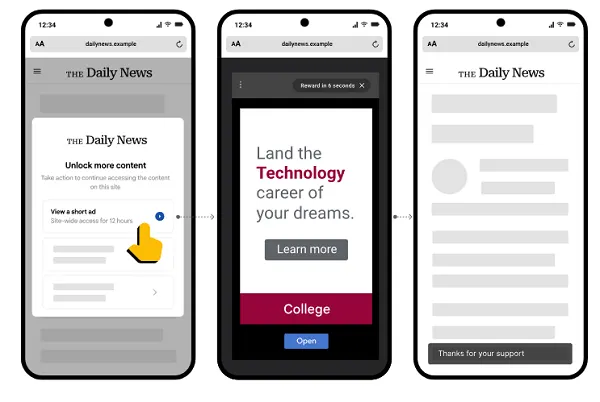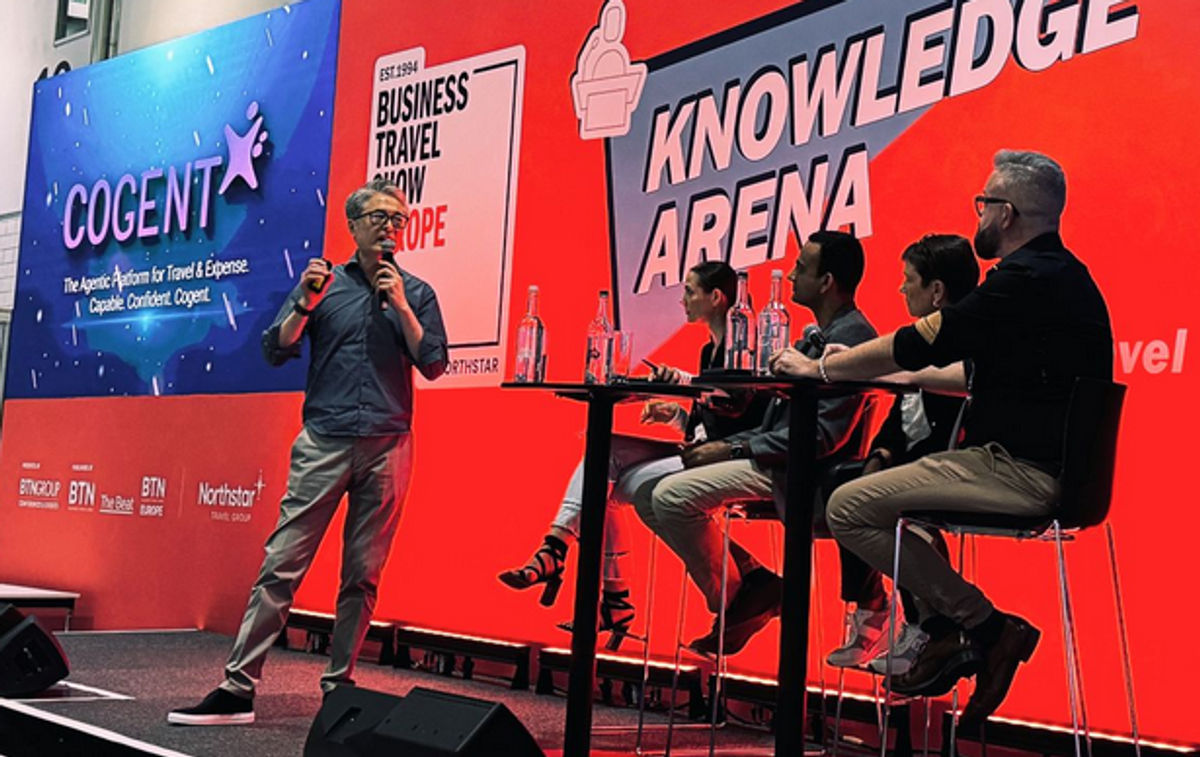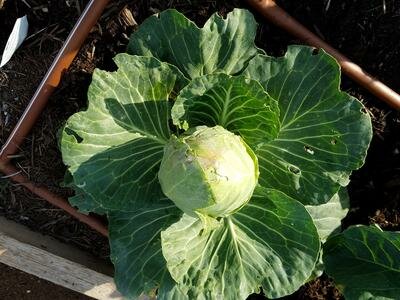When You Should (and Shouldn’t) Connect Smart Products to Your Home’s Water Line
More and more smart appliances want direct access to the water supply line in your home.

We may earn a commission from links on this page.

Credit: FXQuadro / Shutterstock.com
I spend a lot of time in my home ferrying water. I water plants, refill a humidifier, top off the coffee maker, change out robot mop water, and occasionally remember to drag a water bottle to the office to rehydrate myself. Recently, a number of products have stepped forward with a solution to all that water-hauling: Connect them directly to your water line. You’d never again have to lug pitchers of water around and, in some cases, you wouldn’t even have to drain the products.
Products that want access to your water lines
When I unboxed a coffeemaker that offered the possibility of being directly connected into my water line, I got excited. But shortly thereafter, I also unboxed a water dispenser, an ice-maker, a humidifier, and a robot vacuum that all wanted the same thing. In most cases, this was an option, not a requirement. But even if you want to hard-pipe all your appliances, how many appliances can you realistically do this with? You already likely share a water line with your refrigerator and possibly a filtration system. In some cases, like a coffeemaker or water dispenser, it’s implied they’ll sit next to your sink on the counter, putting them in proximity to your water line—but that’s not always convenient.
I enjoyed the Spinn coffee machine and Terra Kaffe TK-02, smart espresso-makers that expect you to directly connect to the water line. I’m currently testing the Coway Aquamega 200C countertop water purifier and it, too, wants access to my water supply line (and won’t work without it). My plumber simply will not tolerate the addition of another countertop water-hog, and it becomes more problematic when you're talking a robot vacuum or humidifier. Where are these products supposed to tap into your water line?
Last year, I talked about tapping your washing machine valves as a source of water in your home, and in that case, we used it as a water inlet and outlet for a plant wall. It is another possible access point, but you also don’t want too many splitters coming off your washing machine inlet. In new construction, it certainly makes sense that water line access will be planned into areas like a coffee bar, utility room, or bathroom, but how will this be remedied on retrofits, and what does it mean for renters?
In particular, I am fascinated by new robot vacuums that offer the ability to not only refill themselves, but also empty themselves, like the Roborock S8 MaxV Ultra R&D, and the upcoming Switchbot S10 Floor Cleaning Robot. These robots don’t just need access to an inlet, but also an outlet, and one close to the floor. Your washing machine outlet isn’t going to do the trick here.
More water line connections mean more leaks
There’s another component to this issue: Each connection represents another possible leak point in your plumbing. Leaks are already one of the most common insurance claims. While there are smart water leak sensors and even more advanced smart water monitors and cut-off valves, all of these additional appliances and connections will surely lead to more water damage. I wasn’t able to find any conversation about this happening in plumbing industry blogs or publications.
I’ve talked about the shift in smart technology to new builds rather than retrofit, whether that’s smart windows and doors or lighting fixtures, and I think the water line issue follows the trend. In the future, will your Sodastream be directly connected to the house? What about smart indoor gardens or pet water bowls? As excited as I am about less hauling of water around the home, I’m also cautious of what it will mean for flooding, leaks, and those who just don’t have access to the water line.
What to consider before connecting products to your water supply line
Since this emerging trend seems likely to stay, if you're embarking on a house remodel or new home construction, it makes sense to carefully consider additional points of access for your water supply line. I expect that in two to three years, robot vacuum/mops that are directly connected will be the standard. If you plan on a coffee bar, having an access point makes sense there, as well.
If you are retrofitting without major remodeling, work with a plumber to create an access point behind the fridge, where the line already goes, or under your sink. Your bathroom is another possible access point. While plumbing these connections yourself is possible, remember you're cutting into your water line, which is serious business. I'd consider this on par with changing a light outlet—the average person can do it, but it takes a bit of bravery and safety measures. You need to turn the water off and have the right tools, and also know that you can access the water line to begin with (it might be hidden behind a wall). That's where a plumber becomes clutch.
If you do connect appliances to a water line, you can do some work to prevent leaks and floods by using smart water leak sensors around your home. These small devices can send alerts at the first sign of water on the floor. Smart water flow sensors can automatically cut off the water when they sense a leak, and you can install them near the points of connection—if your coffee bar is an endpoint, consider a smart cut-off valve on the line, and then one before your utility or laundry room. Here's where smart tech can really lessen the load.
Lastly, remember you usually don't have to connect these appliances—it's just an option. For me, the freedom of never having the coffee machine say "no" to me when I ask it to make me coffee is worth any potential leak risks, but everyone is different.

 Kass
Kass 

























.jpeg&h=630&w=1200&q=100&v=a905e78df5&c=1)





